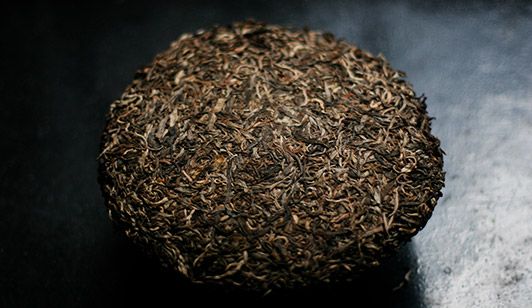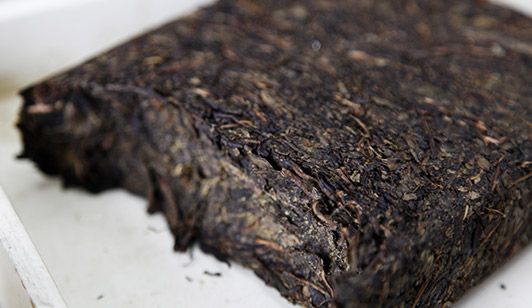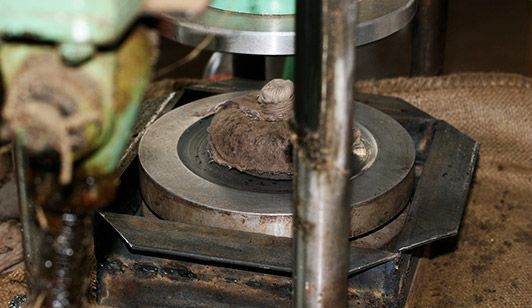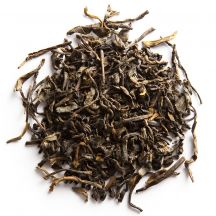HEALTH: THE BENEFITS OF PU ERH TEA

Tea is known to have many virtues, and Pu Erh is valued as a medicinal plant in Chinese medicine.
Pu Erh is said to help detox the organism and aid digestion, making it an excellent tea to enjoy after a meal.
It is believed to encourage weight loss, reduce cholesterol and aid circulation. In the United States, it is even known as the “fat-burning” tea.
It is also thought to be beneficial for hangovers, as it dissipates the effects of alcohol.
THE HISTORY OF PU ERH
Pu Erh dates back to the time when the Pu people, an ethnic minority from Yunnan, began growing tea which they would offer in tribute to the emperor. In those days, tea was compressed into “cakes” to make it easier to transport on horseback. It is likely that the tea would heat up through contact with the animals during the journey, and begin to oxide.
Many centuries later, people realised that cakes of green-leaf Pu Erh, stored for years in warm, humid regions, oxided and developed their particular aroma. These aromas were increasingly prized, and eventually the tea cakes were deliberately stored for oxidation.
A process to accelerate the natural oxidation of Pu Erh was introduced at the end of the 1960s.

PROCESSING PU ERH

Pu Erh is obtained by means of a sweating process which causes non-enzymatic fermentation different from the oxidation of black and Oolong teas. Before being rolled, the leaves are subjected to a specific form of roasting which kills most of the enzymes, as is the case with green teas. The leaves are then placed in piles on the ground, sprayed with plenty of water and covered with a tarpaulin. Deprived of ambient air, the leaves are subject to the action of micro-organisms which develop in the hot and humid conditions, resulting in the formation of sorts of moulds. This is the so-called modern method, which results in “ripened” pu erh.
“Rough” forms of pu erh are nevertheless still produced by compressing the leaves into nests, bricks or cakes which are steamed and stored in a warm, humid and well-ventilated atmosphere. Over the years, fermentation occurs slowly and develops the aromatic characteristics of the pu erh.
The pu erh obtained using the modern method can also be compressed after the fermentation period and stored with a view to ageing over several years. Over time, the organoleptic profile changes and the dark teas can thus be kept for decades.

